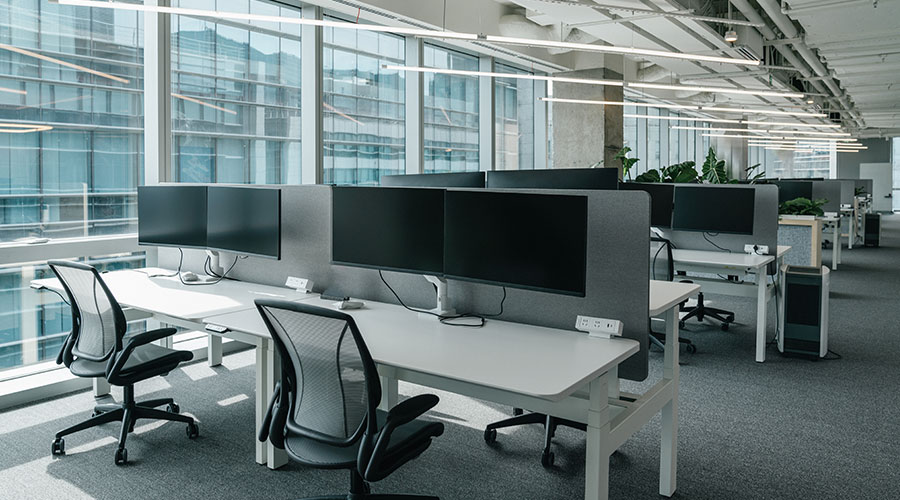Lower Operating Costs, Energy Consumption Help LEDs Gain Ground
For facility managers looking to reduce operating costs and energy consumption, the lighting system has long been fertile ground. The past 20 years have seen a succession of advances that have improved the efficiency and quality of lighting systems. Facility managers who have kept up to date with changes in technology have reaped significant benefits. All along, the key has been picking the right technology for the right application.
Today, many facility managers are taking a hard look at another emerging technology — light emitting diodes (LEDs). LED lighting has captured the interest of facility professionals, thanks to benefits such as high efficiency, long life, durability, reduced maintenance and controllability. "LED lighting has the potential to be more energy efficient than any other existing lighting technology," says Jim Brodrick, lighting program manager for the U.S. Department of Energy (DOE). "But it has other potential benefits as well."
LED Evolution
The idea of specifying LED lighting throughout an entire facility is a new idea to many in the facility industry, despite inherent benefits this technology might offer. "Four or five years ago, LEDs were still relatively new to the lighting market," says Tami Timperio, vice president of marketing for Cree. "Since then, luminaire manufacturers have developed ways to better control the light emitted from LEDs to make high-quality, high-performance lighting fixtures."
As Ethan Biery, design and development leader for Lutron Electronics, points out, the design of LED products is beginning to follow the path of consumer products, with rapid advances in technology, which reduce the length of time between introduction of a new product and the launch of the next generation of that product with improved features and performance. "This can quickly make assumptions about past products obsolete, so avid adopters of the technology must keep up-to-date about new products," he says. "Furthermore, as some of the more significant challenges of LEDs are beginning to be addressed, such as color quality, secondary needs are getting more attention."
Just five years ago, there were only a few LED lighting products on the market, covering mostly niche applications. And, as DOE's Brodrick points out, the quality "left a lot to be desired." A lot has changed in the past five years. "Today, there are LED products available for most lighting applications and the quality has improved by leaps and bounds — to the point where some LED products perform as well as, or even better than, conventional counterparts in terms of quality and reliability," says Brodrick.
Mark Hand, director of new products and technology for Acuity Brands Lighting, echoes this sentiment, noting that LEDs on the market today can withstand much higher temperatures than four years ago. "That makes them more robust and allows for longer lifetimes," he says. "These improvements in the LEDs were matched with gains in lumen output and reductions in cost." He says that design and process improvements by LED and luminaire companies have resulted in "huge cost reductions in LED luminaires over the last few years."
Facility professionals can expect the category to keep getting better and more robust, says Ted Brickenden, director of sales operations for Cooper Lighting. "Light output and costs continue to improve, and more luminaire types are being offered," he says.
Steve Briggs, general manager for LED systems at GE Lighting, agrees. "Together, both the LED and system designs are driving new applications and better performance, leading to improved ROI and LED activation," he says. "As all of these developments occur and activation grows, the costs will continue to fall due to greater efficiencies in volume production."
Related Topics:















